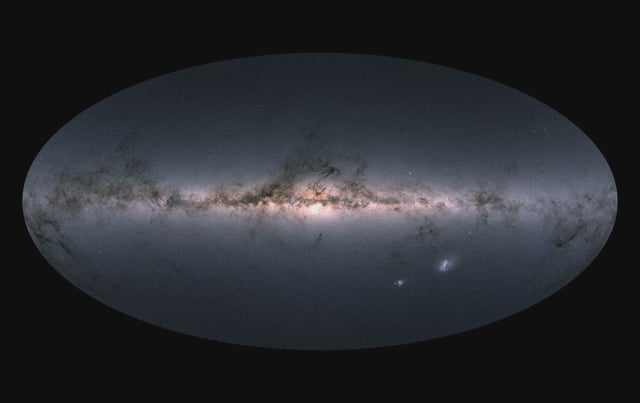Overview
- A peer-reviewed Letter by Richard I. Anderson and Emily Hunt in Astronomy & Astrophysics presents a joint analysis of Gaia DR3 data to map nearly 35,000 variable stars within roughly 1,200 Milky Way open clusters.
- The authors limited their survey to clusters within about 6,500 light-years to ensure data reliability and produced the clearest Hertzsprung-Russell diagram of variable-star populations to date.
- Analysis reveals that roughly 20% of stars in these clusters fluctuate in brightness, with younger clusters exhibiting a broader diversity of variable-star types than older clusters.
- The study identifies particular classes of variable stars as effective age markers, offering a new observational tool to estimate cluster ages without complex stellar modeling.
- The publicly released catalog of variable-star positions, classifications, and properties sets the stage for more detailed variability studies using forthcoming Gaia DR4 and DR5 releases.

